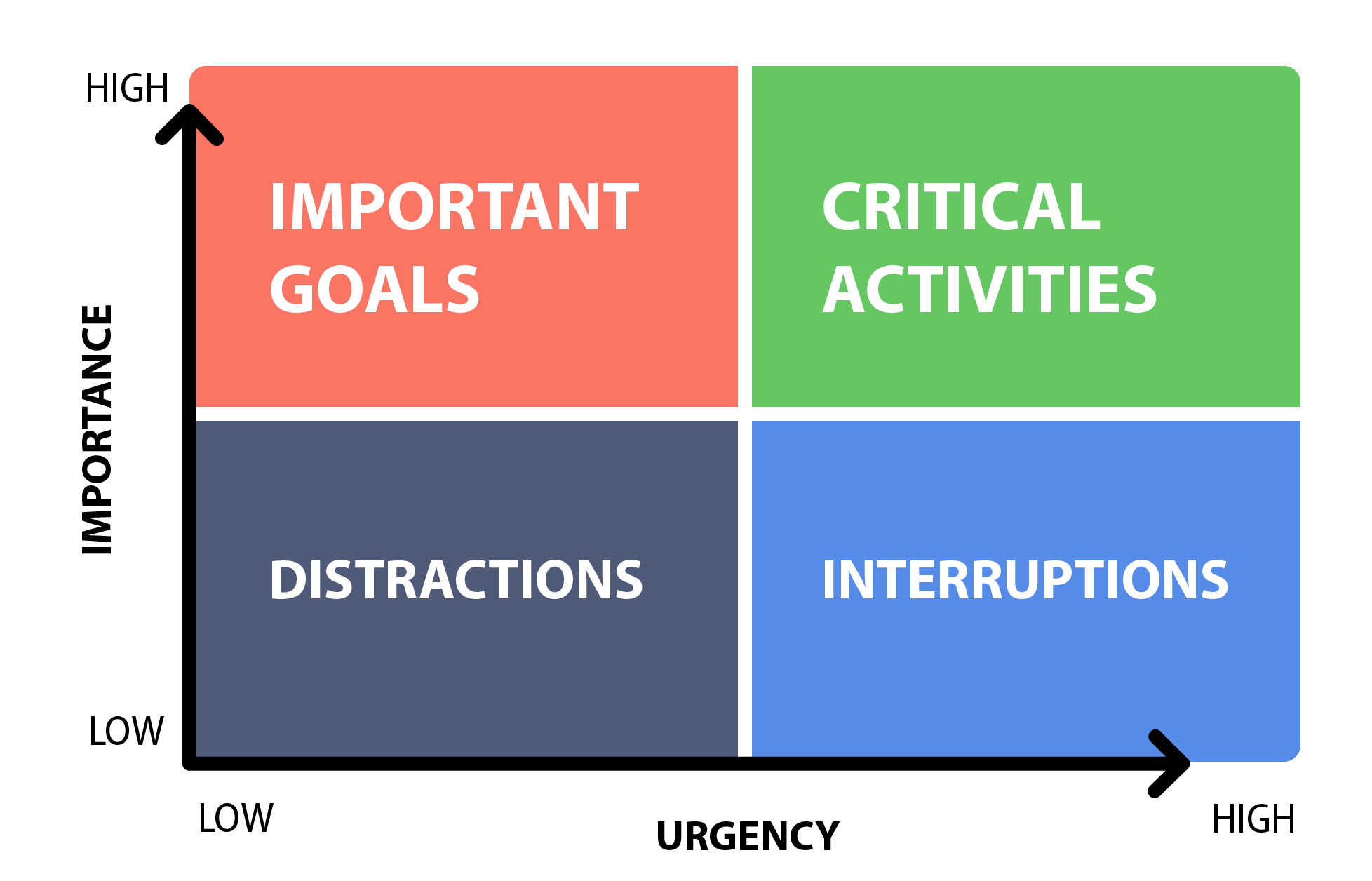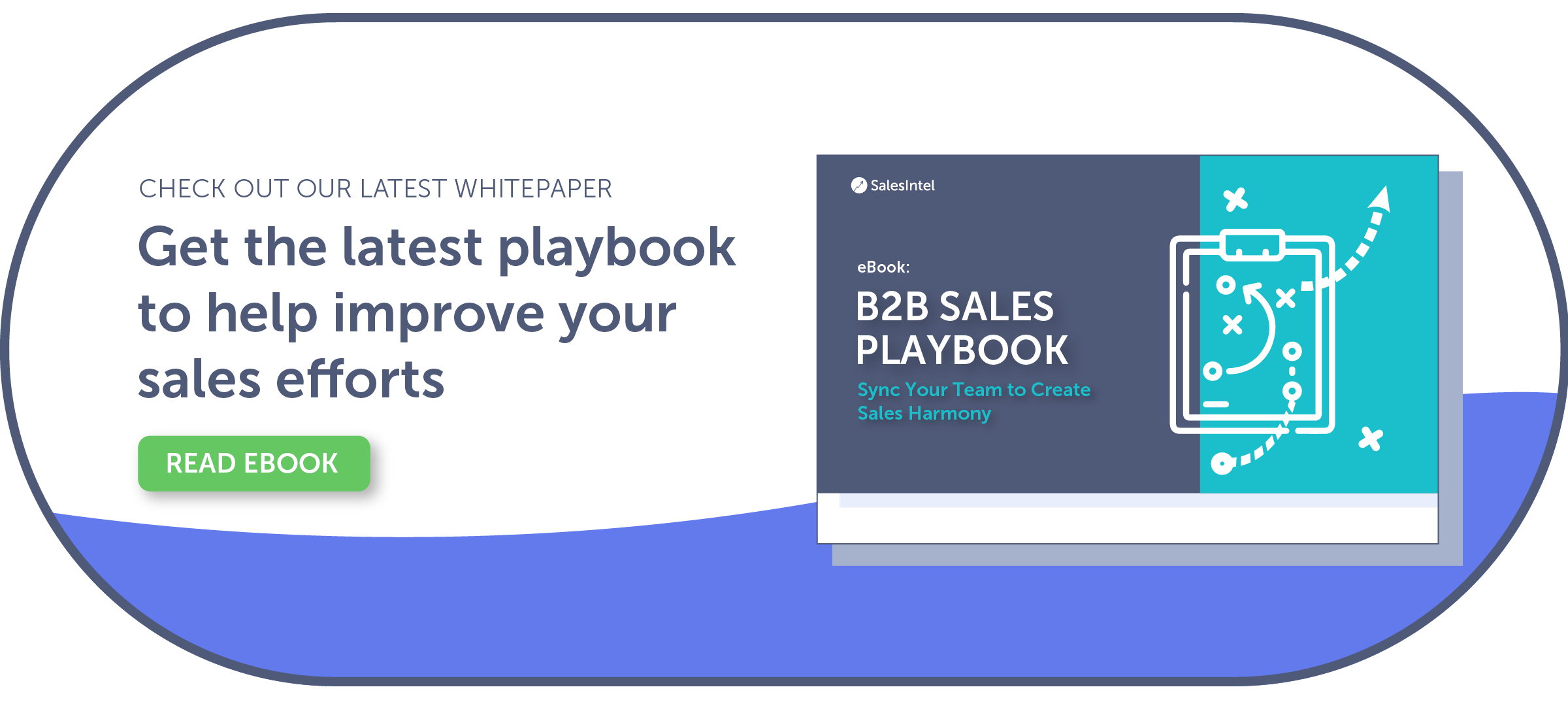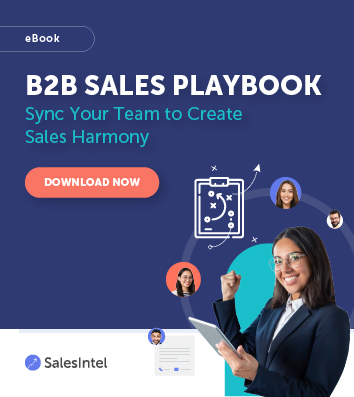Leading companies have a not-so-secret weapon in their toolbox that quickly distinguishes them from their competitors: a sales playbook.
A sales playbook is a collection of materials that will assist your sales team in developing its sales process and methodology, outlining sales objectives, and providing a framework for closing sales. It’s also known as a sales strategy playbook.
A well-developed playbook enables them to engage clients at every stage of the purchasing experience, increasing the likelihood of winning each deal.
Simply put, the sales playbook is an essential resource for increasing sales efficiency and easing the onboarding process.
Don’t just take my word for it; according to the Harvard Business Review, 50% of high-performing sales firms have highly monitored and enforced sales processes (sales playbook).
This guide will help you get started with your first B2B sales playbook. It covers:
- Why Are B2B Sales Playbooks Crucial?
- Start With Streamlining Your Sales Process
- How to Deliver a Conversion-Focused Demo?
- Sales Time Management
- KPIs, Learning, and Development
Why B2B Sales Playbooks are Crucial
A sales playbook, in general, puts the proper strategy and tools at the fingertips of salespeople, allowing them to take the right steps, at the right time, with the right people.
According to HubSpot data, salespeople only spend one-third of their time talking to prospects. The remainder of the time is spent writing emails (21%), entering data (17%), and prospecting or researching prospects (17 percent ).
Salespeople squander time throughout the sales process by:
- Waiting for a sales manager’s recommendation or approval
- Looking for appropriate materials
- Creating or customizing resources
- Attempting to choose the best course of action or the next best step for each unique circumstance they encounter.
- Poor sales management leads to longer sales cycles, inconsistency, generic techniques, and lower closing rates.
The use of a sales enablement playbook yields results. It enables your salespeople to perform better and faster, resulting in more leads becoming customers. This is the key to boosting new business income and conversion rates overall.
Increase Consistency
When every member of your sales team uses the same sales tools and procedure, efficiency increases and lead times decrease. Furthermore, throughout the sales process, everyone will repeat the same language to their prospects, giving clarity and avoiding conflicting messages and uncertainty.
Improves Skills of Your Sales Reps
When paired with adequate training, a playbook can help average salespeople become essential participants who grasp the ins and outs of your sector, general company, and sales organization. On the other hand, it might expose those resistant to change, allowing management to take appropriate action.
Prospect Better
The thrill of the chase drives any effective salesperson. While this is a vital talent, it can also be detrimental to a salesperson if they pursue the wrong prospects. Stop spending time, work, and money defining your company’s sweet spot and start targeting the prospects who reside within it.
The benefits of a sales playbook don’t end here. There’s a lot more you can do with a sales playbook. Read the detailed article.
Start With Streamlining Your Sales Process
The core of your sales playbook should focus on streamlining your sales process. You would want your salespeople to follow the best sales process to help them hit their sales numbers quicker. There’s no doubt that they have the required skills but showing them the streamlined path can only improve them more.
While you may be receiving more leads, qualifying is becoming increasingly critical. Leads that never close may have a detrimental influence on your stats while also frustrating your squad.
As a result, it’s critical to simplify your sales process to handle the increased volume while also better qualifying leads.
Streamlining your sales processes is a worthwhile investment that may help you stand out from the crowd. Provide your sales team with the tools and data they want and articulate the processes required to get a prospect from interest to closure.
Given that, not every stage of the sales process should be taken under the microscope. While a typical sales process includes seven steps, your priority should be to help them master the six critical stages listed below.
- Prospecting
- Start Sales Conversations
- Setting Sales Sequences
- Qualifying Leads
- Closing
- Client Retention, Cross-Selling, and Up-Selling
If you wish to learn more, read the complete article explaining how you can streamline these six stages of your sales process.
How to Deliver a Conversion-Focused Demo
Product demos are essential components of any software sales process. Poorly conducted demonstrations have a substantial impact on closing rates. On the other hand, a fantastic demo can significantly speed up the closing process.
The demo may be the difference between completing a transaction and losing a prospect. An excellent demo demonstrates to your prospects how your product genuinely addresses their pain points and allows them to be more successful in their tasks.
Additionally, product demos always:
Stimulates Your Prospects’ Interest
Product demos add visual support to your sales presentation, improving its overall quality. Prospects that are more visual or hands-on learners may require to see your product in action to completely understand its worth and potential.
Provides Proof of What Your Promise
Buyers sometimes have a natural distrust for sales reps. Product demos verify what a sales representative promises. Buyers want you to say nice things about the products you offer. Demonstrating what your product can accomplish and even allowing the consumer to try it provides essential proof and builds trust.
Combats Concern
Your demonstration also assists you in addressing product-related issues raised by a buyer. Prospects sometimes arrive with preconceived assumptions or misinformation based on what they’ve heard in the industry. If a prospect disputes major claims or has worries about your product’s performance capabilities, a demo can relieve such fears.
—
Given that just 6% of prospects develop into transactions on average, it appears that many salesmen struggle to close. Even after setting up a demo, the closing rate often ranges between 20-30%. So, what are they missing? What, more crucially, can they do correctly?
When a consumer agrees to take a demo, it demonstrates strong purchase intent. So, why do nearly three out of every four demonstrations fail to convert? The most prevalent cause, and this is difficult to say, is that sales reps fail to provide a great demo experience.
Want to learn how you or your sales team can deliver a great demo to your potential customers? Here’s an article that you can refer to as a guide to close more deals using a product demo.
Sales Time Management
Sales time management is another area that needs to be addressed, especially for the rookies who find it challenging to prioritize their tasks. It’s common to feel as though there aren’t enough hours in the day. However, the issue may not be a lack of time but rather how effective you are with your time. Time management is crucial to sales success, but it is also one of the most difficult difficulties.
There are several demands on your time and attention, such as prospecting leads, writing messaging, and measuring interactions and results. With limited resources and being assessed only on results, you are always being pushed in numerous directions and fighting distractions.
It came as an eye-opener when a SalesFunnel study on over 700 sales reps concluded that almost two-thirds of their time (64.8%) is spent on non-revenue generating tasks.
There are several indicators and strategies for efficient time management. Eisenhower’s Urgent/Important Principle is the most widely utilized sales time management strategy.

Avoid investing your efforts into activities that you might have done in less time, such as creating a thorough presentation for a customer with limited purchasing power. In the decision stage, you are most likely wasting valuable time that might have been spent on planning to clinch a larger scale.
Use technology and sales intelligence tools to ensure that your team is spending most of their time selling. Here’s an article with the most effective ways to improve productivity.
KPIs and Learning and Development
Numbers aren’t only about performance. They tell stories. Not only does a low number indicate poor performance, but it also explains why. Measuring the growth of your sales allows you to measure the growth of your company. Your KPIs will quickly improve if you understand the causes behind them and devise methods to overcome them.
The goal of tracking KPIs is not just to assess performance but also to enhance it via learning. Need help in identifying the most crucial KPIs for any sales team? We have those covered in our recent article along with the challenges and addressing the loopholes through learning and development.
—
Are you searching for information on sales in bits and pieces? Or still, confused about the right approach to improve your team’s performance? Your quest for the best sales knowledge base ends here.





